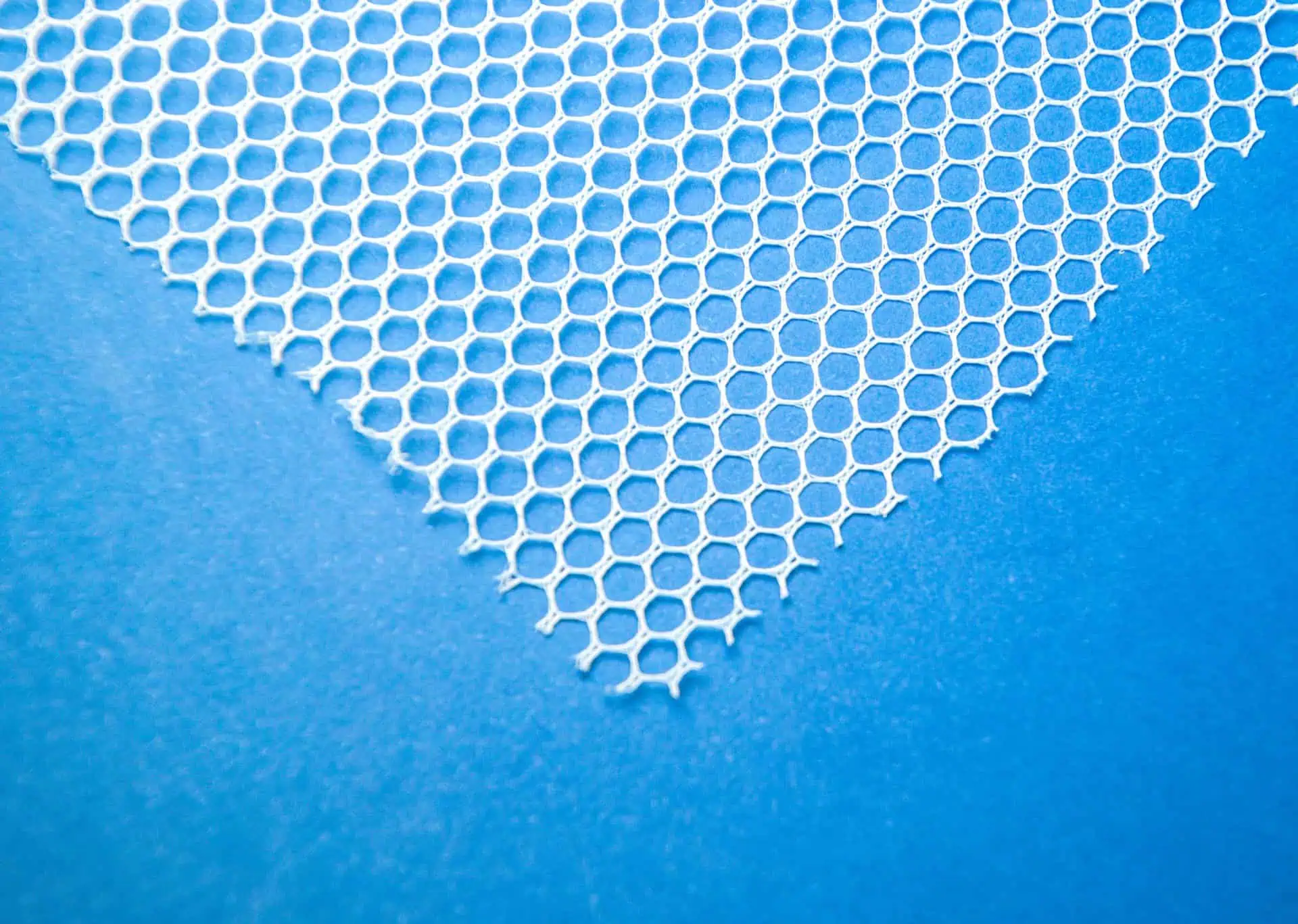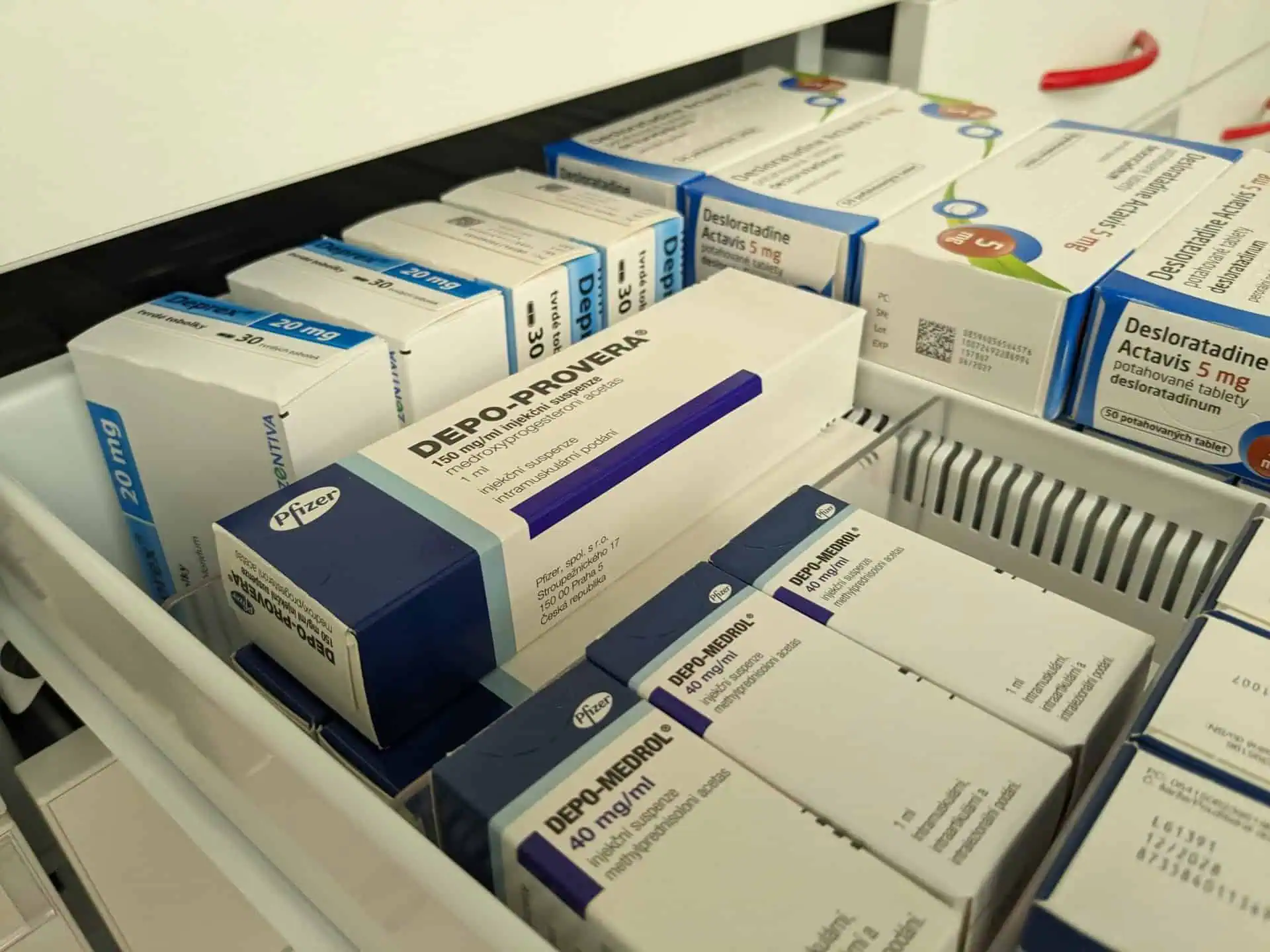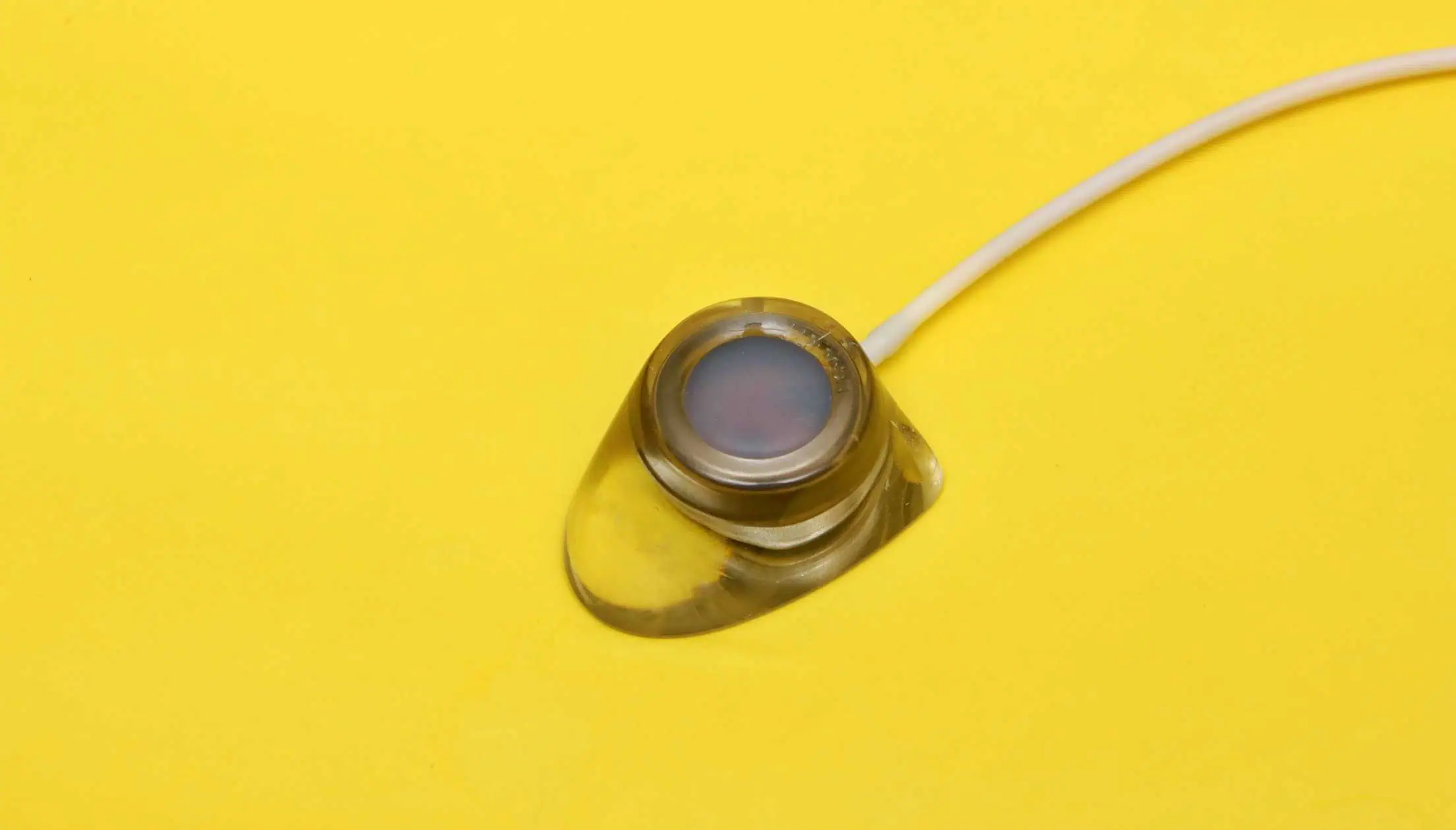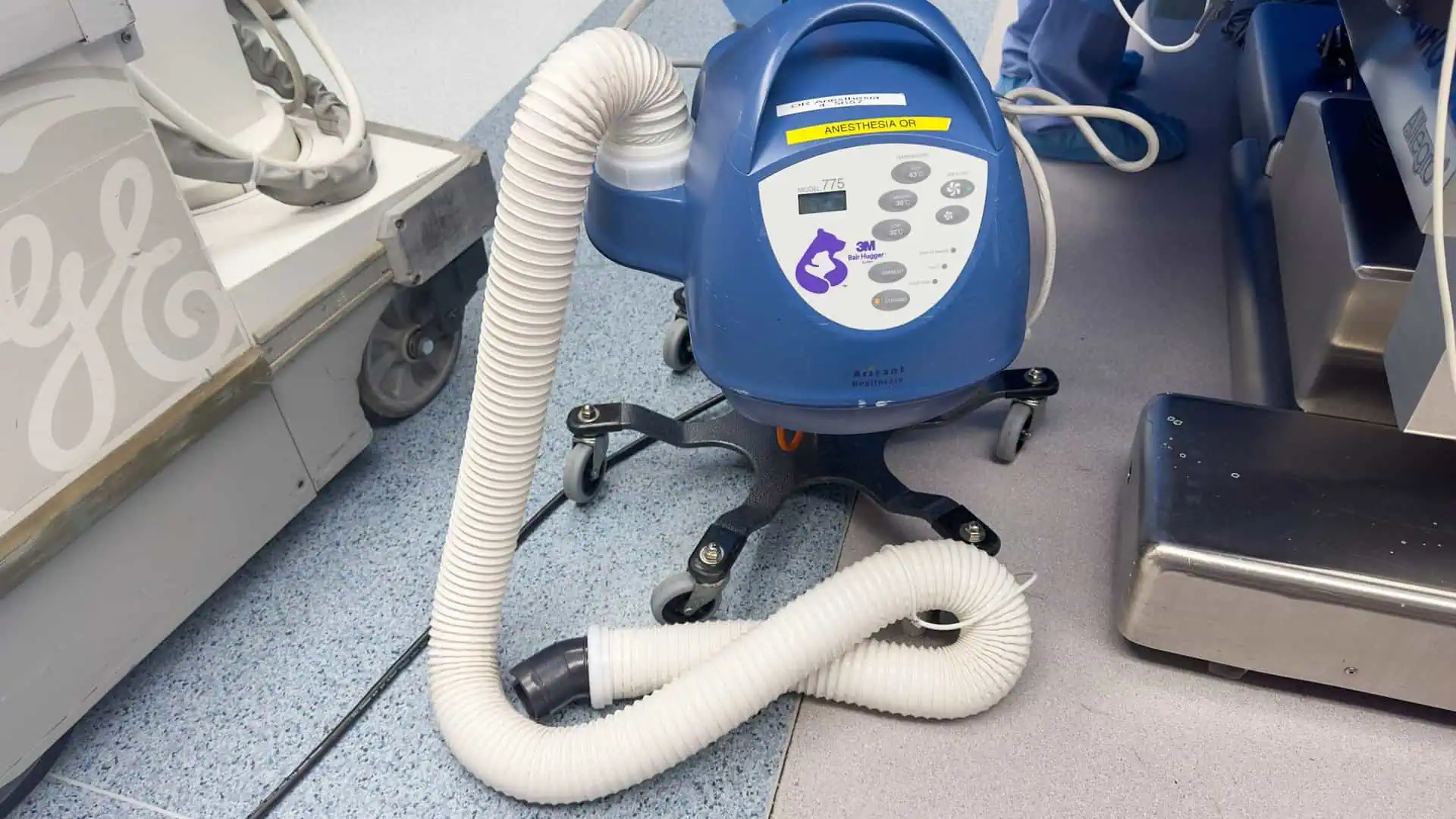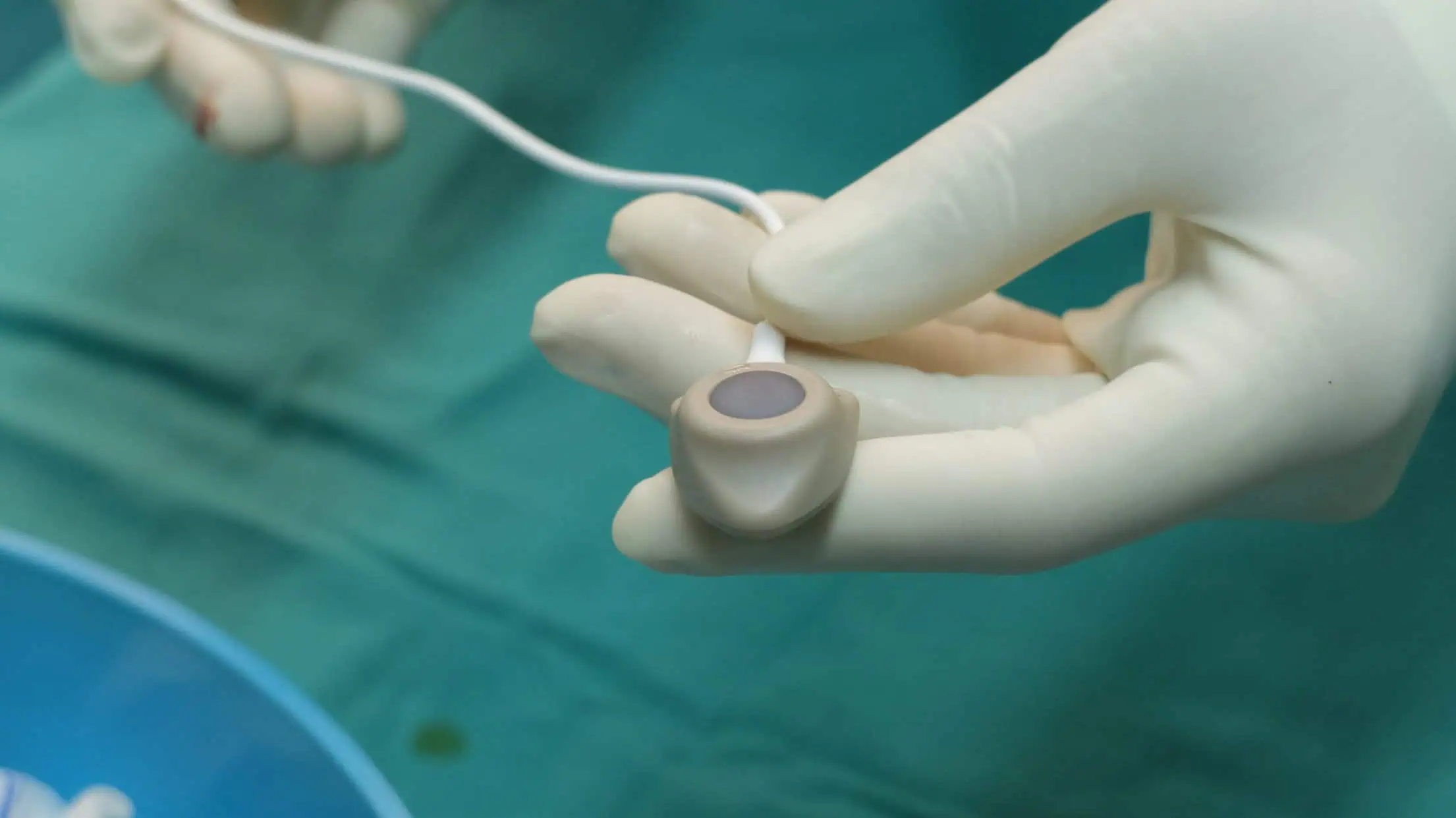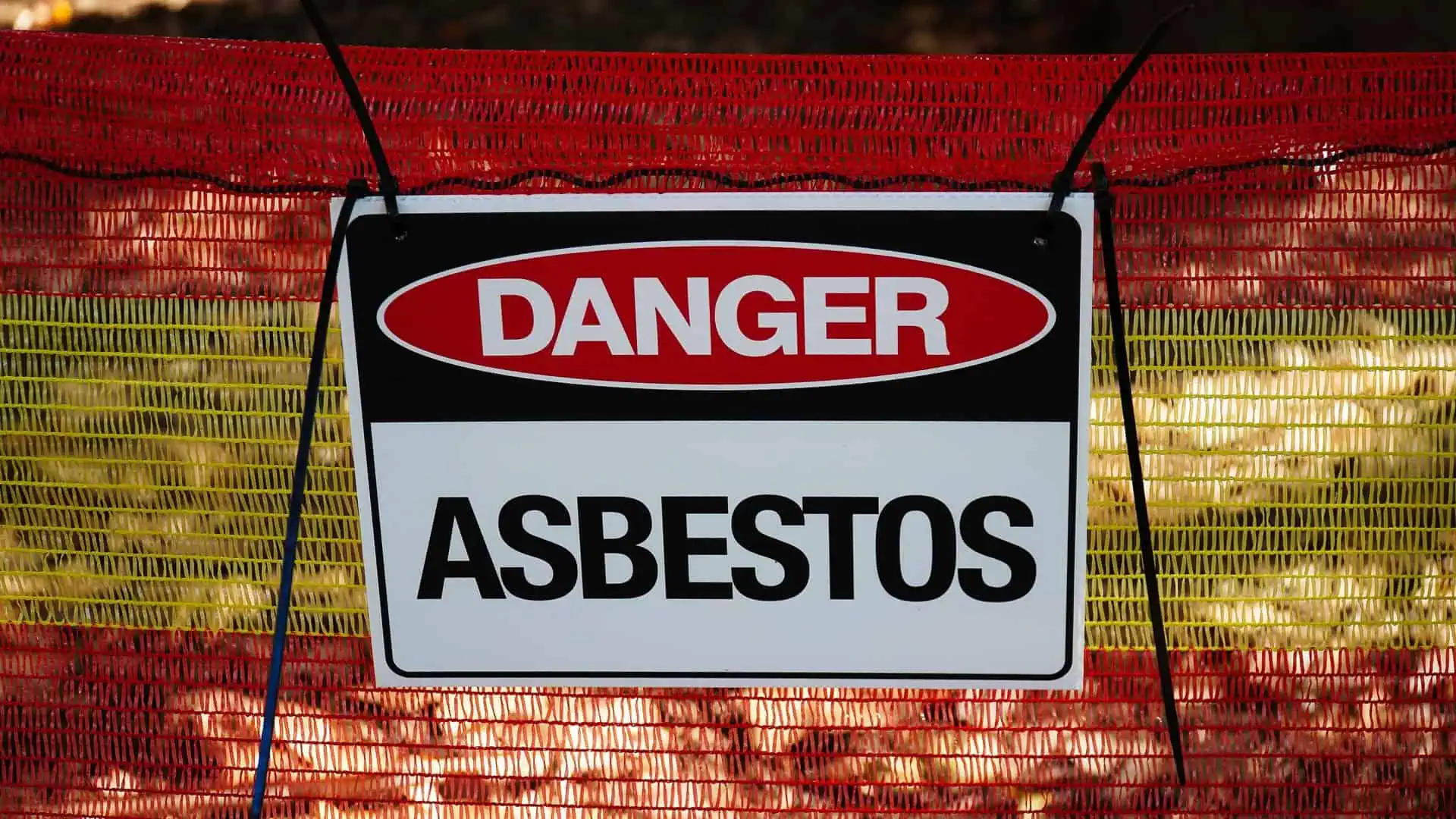FDA Approves New Power Morcellator Tissue Containment Device
- Last Updated: August 11th, 2023

Attorney Jessica Paluch-Hoerman, founder of TruLaw, has over 28 years of experience as a personal injury and mass tort attorney, and previously worked as an international tax attorney at Deloitte. Jessie collaborates with attorneys nationwide — enabling her to share reliable, up-to-date legal information with our readers.
Legally Reviewed
This article has been written and reviewed for legal accuracy and clarity by the team of writers and legal experts at TruLaw and is as accurate as possible. This content should not be taken as legal advice from an attorney. If you would like to learn more about our owner and experienced injury lawyer, Jessie Paluch, you can do so here.
Fact-Checked
TruLaw does everything possible to make sure the information in this article is up to date and accurate. If you need specific legal advice about your case, contact us by using the chat on the bottom of this page. This article should not be taken as advice from an attorney.
FDA Approves New Power Morcellator Tissue Containment Device
The U.S. Food and Drug Administration (FDA) has announced the approval of a new containment device for use with certain power morcellators.
The PneumoLiner system is designed to effectively isolate and contain uterine tissue not believed to be cancerous that is created by breaking up fibroids during morcellation.

Because the device has not yet been proven to reduce the spread of potentially cancerous tissue, the FDA is not recommending laparoscopic uterine surgery using power morcellation for the majority of women who require this type of surgery.
The approval comes amid lawsuits alleging that women were put at risk of serious cancer by the use of power morcellators during laparoscopic uterine surgery.
Table of Contents
Power Morcellator Lawsuits Move Forward
Power Morcellator lawsuits continue to be filed on behalf of women who believe the spinning blades of the morcellator spread deadly cancers to their body and worsened their outcome.
What are Power Morcellators?
Power morcellators are used to cut and shred uterine tissue so it can be removed from the body through a small opening during minimally invasive surgical procedures.
But as the morcellator chops up tissue, it disperses this tissue throughout the abdomen, where the cells attach to the intestines or intestinal wall, or spread to other areas of the body.
If the tissue contains cancer cells, morcellation can cause immediate upstaging of the disease, taking it from a potentially treatable Stage 1 cancer to Stage 4 terminal cancer.
The PneumoLiner would contain this tissue and not allow it to be spread throughout the abdomen.
Minimally Invasive Hysterectomies Popular in the U.S.
An estimated 600,000 hysterectomies are performed annually in the U.S., and the FDA first approved power morcellators in 1991, paving the way for doctors to do minimally invasive hysterectomies.
The FDA revised its assessment of the cancer risk associated with morcellation in 2014, estimating that one in every 350 women who undergoes a hysterectomy for fibroids has an undetectable cancer that could potentially be spread by morcellation.
It is estimated that everyday that 2-5 women are exposed to cancerous tissues spread throughout their body as a result of power morcellation – a totally avoidable practice.
Women need to understand these risks before choosing the “minimally invasive” surgery.
PneumoLiner may become an answer in the future, but today, the best answer is to make women aware of the dangers and ban the use of power morcellation.

Managing Attorney & Owner
With over 25 years of legal experience, Jessica Paluch-Hoerman is an Illinois lawyer, a CPA, and a mother of three. She spent the first decade of her career working as an international tax attorney at Deloitte.
In 2009, Jessie co-founded her own law firm with her husband – which has scaled to over 30 employees since its conception.
In 2016, Jessie founded TruLaw, which allows her to collaborate with attorneys and legal experts across the United States on a daily basis. This hypervaluable network of experts is what enables her to share the most reliable, accurate, and up-to-date legal information with our readers!
Here, at TruLaw, we’re committed to helping victims get the justice they deserve.
Alongside our partner law firms, we have successfully collected over $3 Billion in verdicts and settlements on behalf of injured individuals.
Would you like our help?
At TruLaw, we fiercely combat corporations that endanger individuals’ well-being. If you’ve suffered injuries and believe these well-funded entities should be held accountable, we’re here for you.
With TruLaw, you gain access to successful and seasoned lawyers who maximize your chances of success. Our lawyers invest in you—they do not receive a dime until your lawsuit reaches a successful resolution!
AFFF Lawsuit claims are being filed against manufacturers of aqueous film-forming foam (AFFF), commonly used in firefighting.
Claims allege that companies such as 3M, DuPont, and Tyco Fire Products failed to adequately warn users about the potential dangers of AFFF exposure — including increased risks of various cancers and diseases.
Depo Provera Lawsuit claims are being filed by individuals who allege they developed meningioma (a type of brain tumor) after receiving Depo-Provera birth control injections.
A 2024 study found that women using Depo-Provera for at least 1 year are five times more likely to develop meningioma brain tumors compared to those not using the drug.
Suboxone Tooth Decay Lawsuit claims are being filed against Indivior, the manufacturer of Suboxone, a medication used to treat opioid addiction.
Claims allege that Indivior failed to adequately warn users about the potential dangers of severe tooth decay and dental injuries associated with Suboxone’s sublingual film version.
Social Media Harm Lawsuits are being filed against social media companies for allegedly causing mental health issues in children and teens.
Claims allege that companies like Meta, Google, ByteDance, and Snap designed addictive platforms that led to anxiety, depression, and other mental health issues without adequately warning users or parents.
Transvaginal Mesh Lawsuits are being filed against manufacturers of transvaginal mesh products used to treat pelvic organ prolapse (POP) and stress urinary incontinence (SUI).
Claims allege that companies like Ethicon, C.R. Bard, and Boston Scientific failed to adequately warn about potential dangers — including erosion, pain, and infection.
Bair Hugger Warming Blanket Lawsuits involve claims against 3M — alleging their surgical warming blankets caused severe infections and complications (particularly in hip and knee replacement surgeries).
Plaintiffs claim 3M failed to warn about potential risks — despite knowing about increased risk of deep joint infections since 2011.
Baby Formula NEC Lawsuit claims are being filed against manufacturers of cow’s milk-based baby formula products.
Claims allege that companies like Abbott Laboratories (Similac) and Mead Johnson & Company (Enfamil) failed to warn about the increased risk of necrotizing enterocolitis (NEC) in premature infants.
Here, at TruLaw, we’re committed to helping victims get the justice they deserve.
Alongside our partner law firms, we have successfully collected over $3 Billion in verdicts and settlements on behalf of injured individuals.
Would you like our help?

